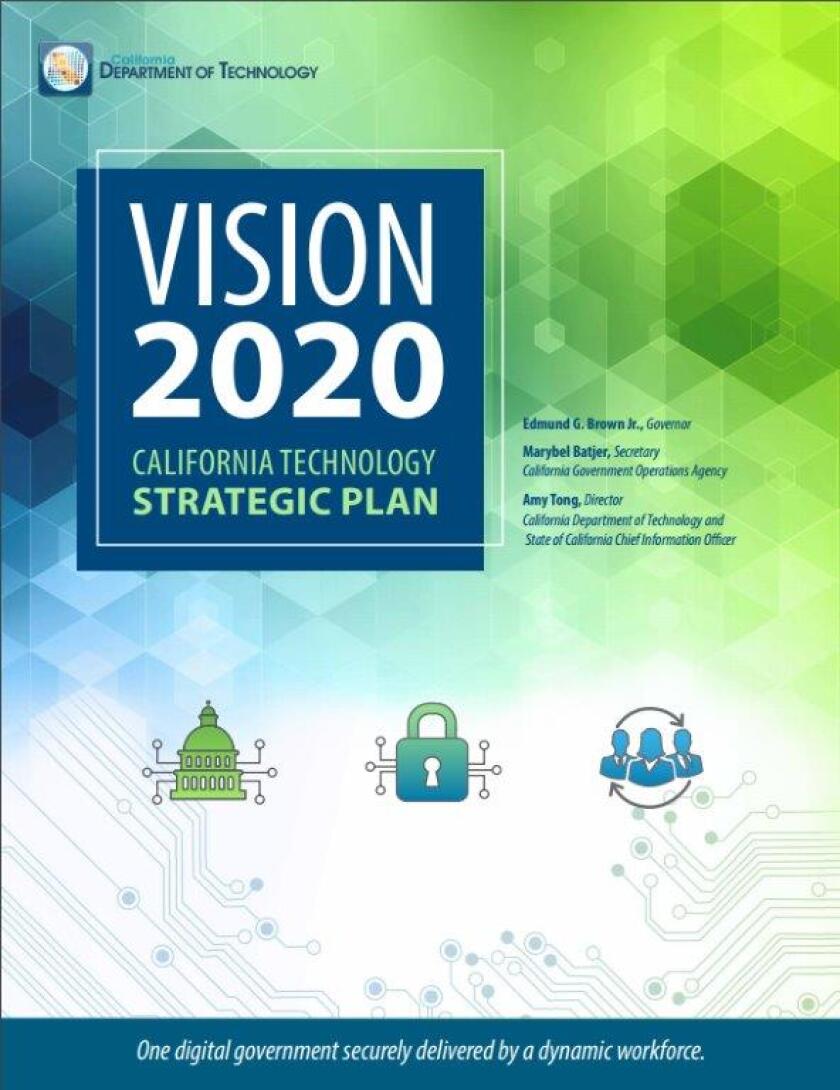
“I put my stamp on it, and I make sure my values are in my strategic plan,” says Brian Wong, the state Department of Social Services’ CIO, information security director and deputy director. “These are guiding principles.”
Wong was a panelist in “A Guide to Making Strategic Leadership Decisions,” one of the breakout sessions held as part of last week’s California Public Sector CIO Academy, sponsored by Techwire sister publication Government Technology. The session was led by Tim Garza, IT director for the state Natural Resources Agency. Joining Wong on the panel were Jim Garrison, Data Architecture Unit Supervisor for the Department of Child Support Services; Richard Gillespie, Data Processing Manager for Architecture and Infrastructure for the Office of Statewide Health Planning and Development; and Todd Boltjes, CIO for the state Controller’s Office.
Boltjes says that vendors who understand an agency’s strategic plan have an advantage over the competition.
“To understand the top three to five priorities can introduce the state to the right vendor,” Boltjes said. He suggested that using a more explanatory term might make it more understandable.
“Don’t call it a strategic plan — call it something else. Call it ‘goals and objectives.’”
All the panelists agreed that a department’s strategic plan should avoid specifics — don’t talk about hardware, software or services; stick to desired outcomes.
Garrison noted that the strategic plan for a department or agency must also align with the government hierarchy above it.
“Align the plan all the way to the top of leadership,” he advised. “You need a strategic plan at all levels.” Otherwise, “People tend to make up their own values and priorities.”
Garza and the panel cited “Vision 2020,” the California Department of Technology’s strategic plan, as an example of how to align a strategic plan with a department’s project portfolio.
IT leaders “spend a lot of time reacting to things,” Gillespie noted. “A strategic plan helps with (setting) priorities.”
Wong said that having buy-in from the business side as well as the IT side brings focus.
“When ‘everything’s a priority,’ a strategic plan guides you,” he said.
Boltjes pointed out that a strategic plan needn’t be a massive, detailed undertaking.
“Start it as a simple Word document with bullet points. Start slowly and work together. Understand the services, then find the technology to make that possible.”
Those who’ve spent decades in IT leadership confirm these principles. In a recent blog post, Teri Takai, former CIO of the U.S. Defense Department and the state of California, noted what can happen when all parties buy in to an agency’s strategic report.
She warmly recalled a vendor who arrived at an initial sales call with an extensive matrix mapping the company’s solutions to the needs outlined in Takai’s strategic plan. “We didn’t buy everything,” she says. “But their effort and creativity got them in the door. It showed me they were in it for the long term.”





